Description
The e-book provides a flexible, but structured, resource for teaching children to understand and use parts of speech and punctuation. The sheets are self-explanatory and ready to use; the only extra resources needed are a pen or pencil and perhaps some extra paper.
In a way grammar is about the medium and the message. Whereas the focus in school English teaching during the last two or three decades has been to a large extent upon the message, in this book we focus on the medium. Learning about grammar gives children the tools to be able to talk about and understand their language development.
All words in a sentence can be divided according to their usage into eight different classes: nouns, pronouns, adjectives, verbs, adverbs, prepositions, conjunctions and interjections. A word which may ostensibly be the ‘same’ may have a very different meaning, according to its usage:
- The well dried up. (noun)
- I feel well today. (adjective)
- The tears well in her eyes. (verb)
- He plays well. (adverb)
- Well – who would believe it? (interjection)
- Girls, as well as boys, play football. (preposition)
- (Current non-standard English also uses the word ‘well’ in an adjectival capacity, eg ‘I was well pleased’ – but although you can say ‘the house was well-appointed’, which also uses the word in an adjectival capacity, the first example is not good English.)
Looking at grammar necessitates taking the language apart and assessing it in little fragments. The difficulty for children is to see the words objectively, not as meaning in their communications, but as the functional nuts and bolts of writing and speaking. They have to be able to take one or two steps backwards from the message to be able to analyse the medium. Once the medium is understood, pupils will be able to use their knowledge of grammar and punctuation as tools to improve their own writing.

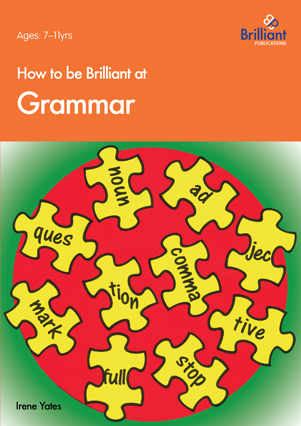
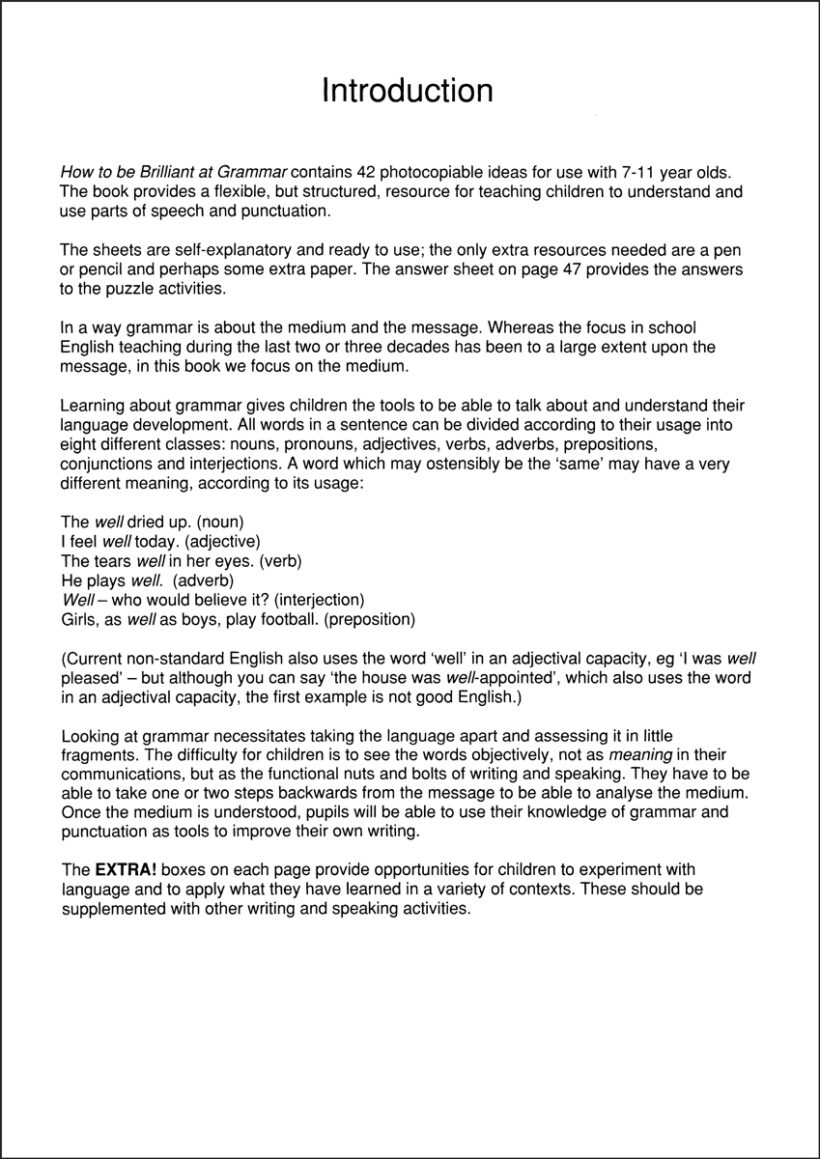
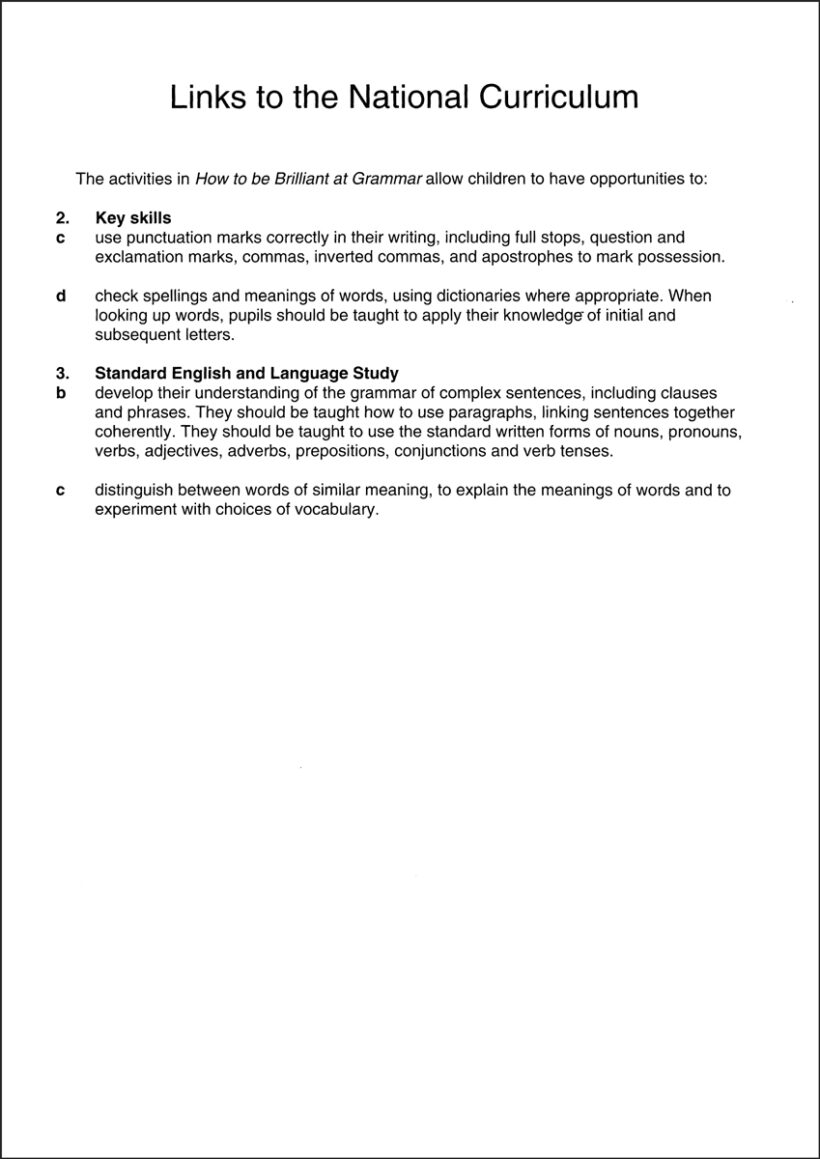
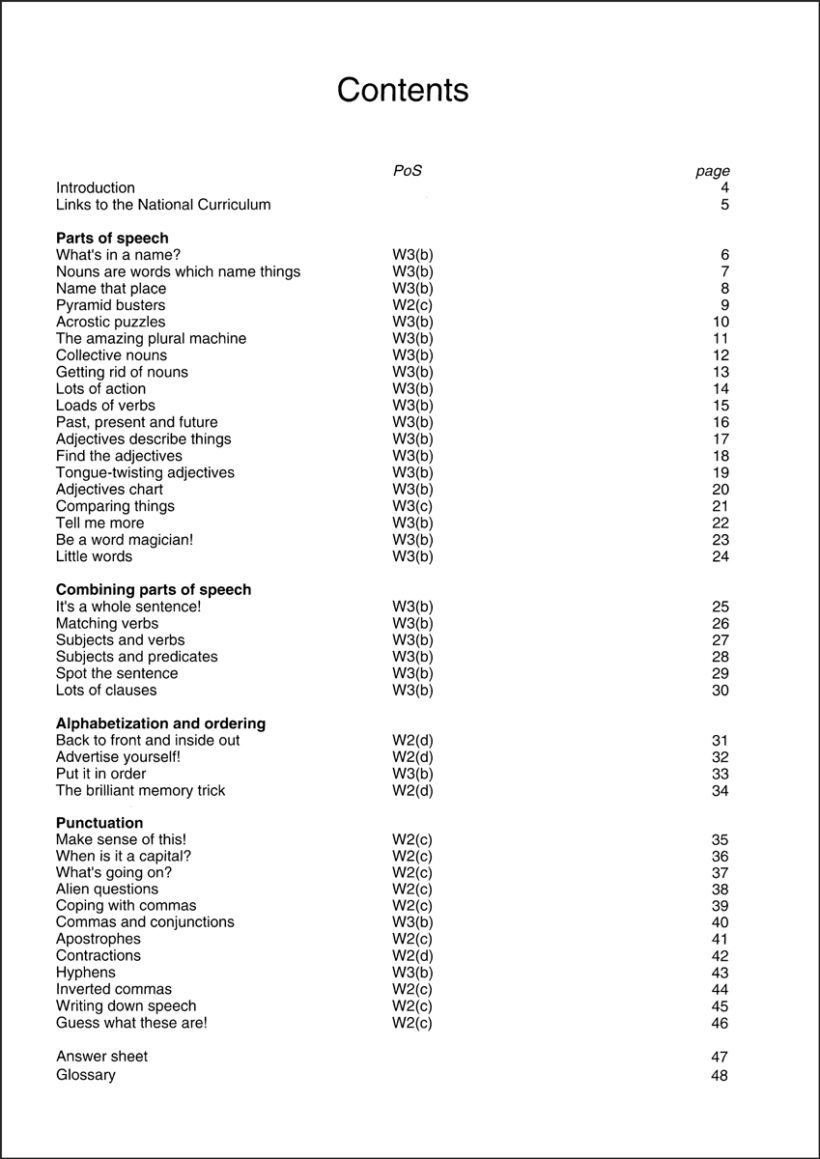
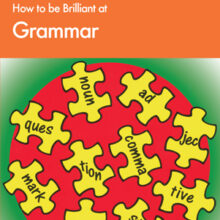
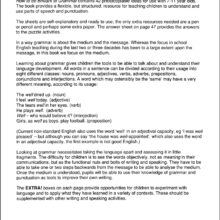
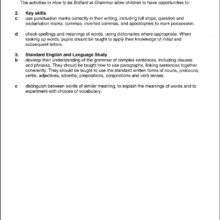
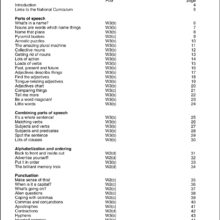
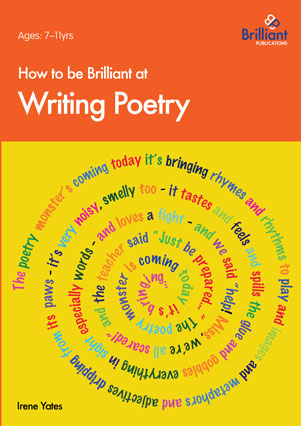
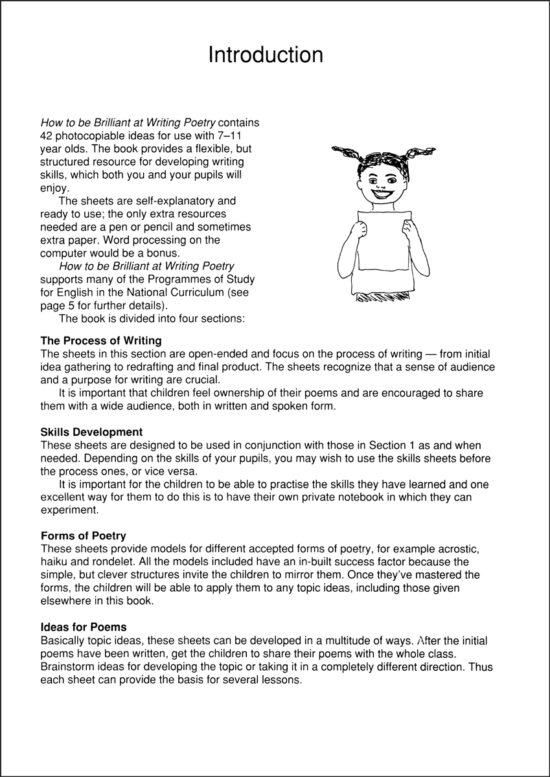
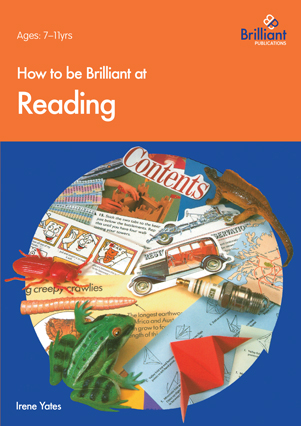
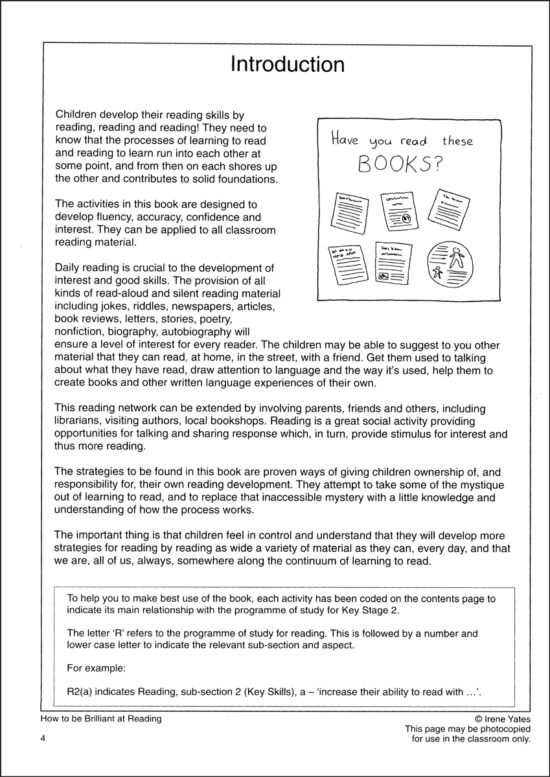
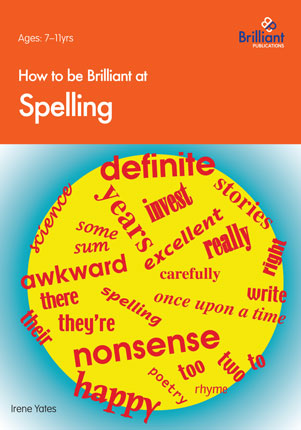
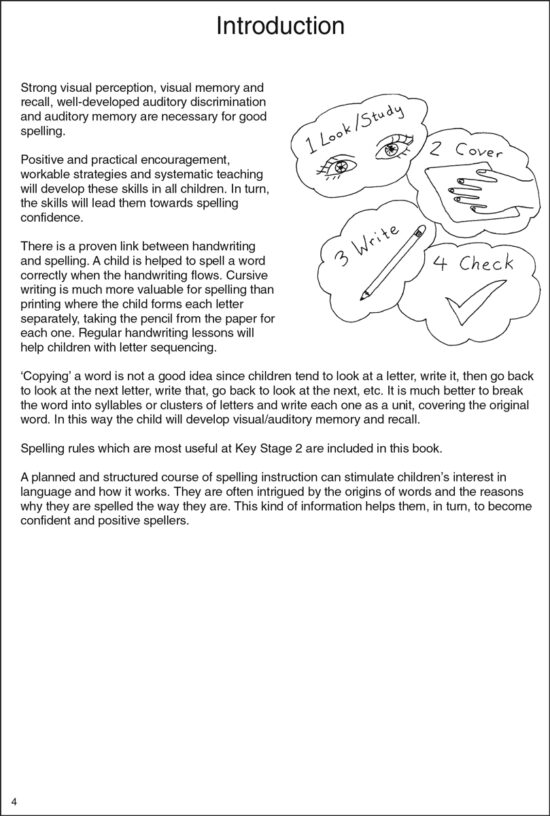
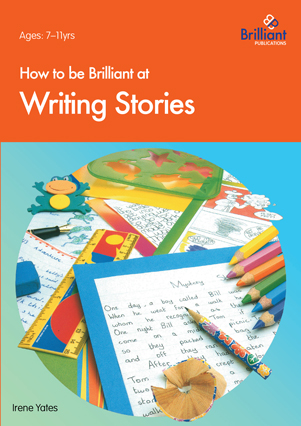
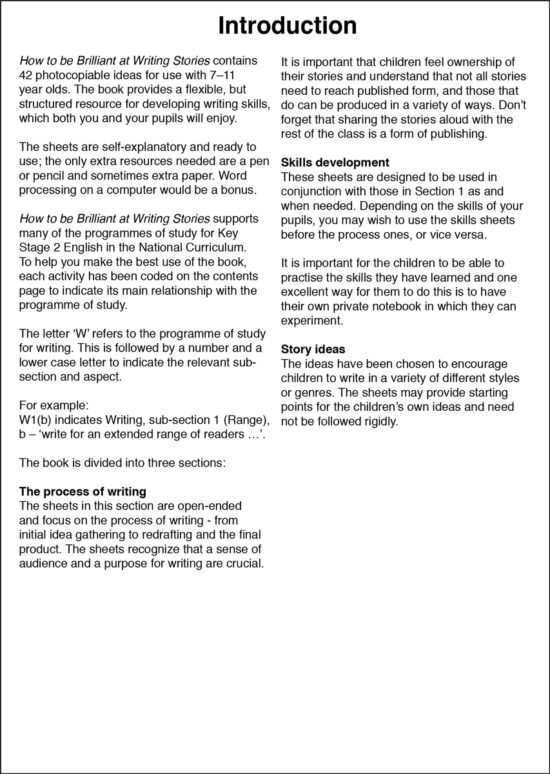
Reviews
There are no reviews yet.